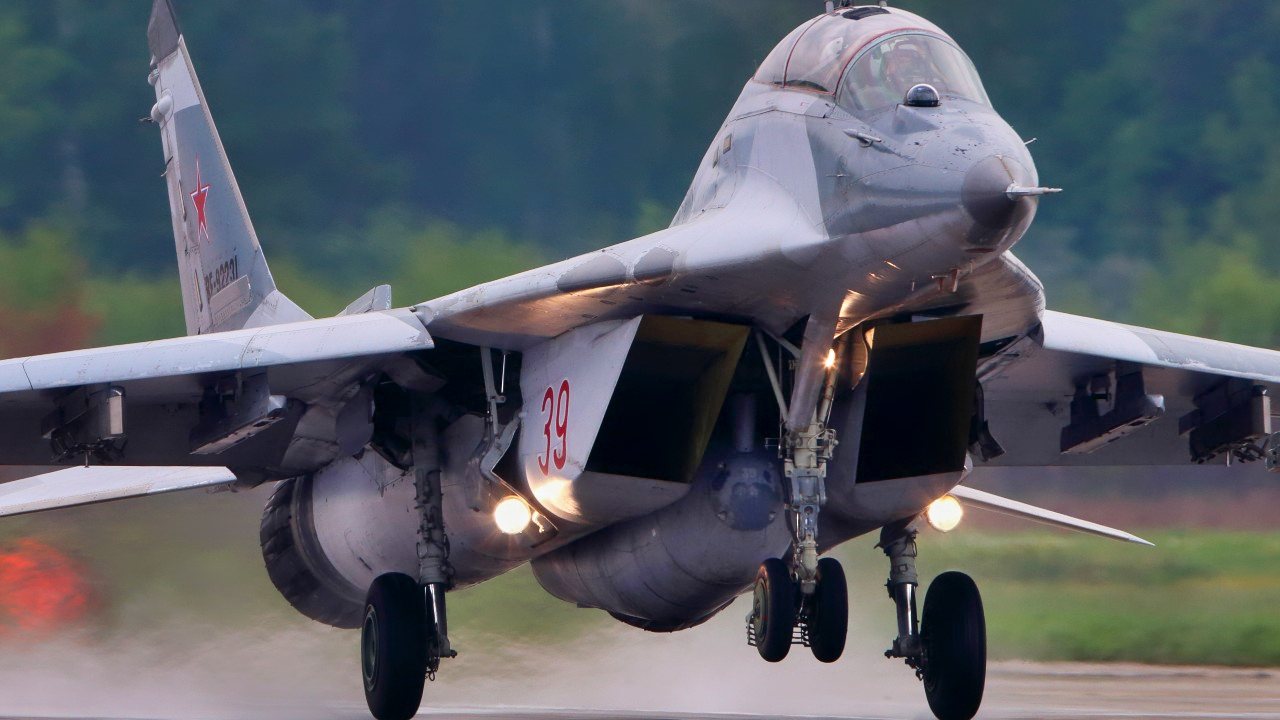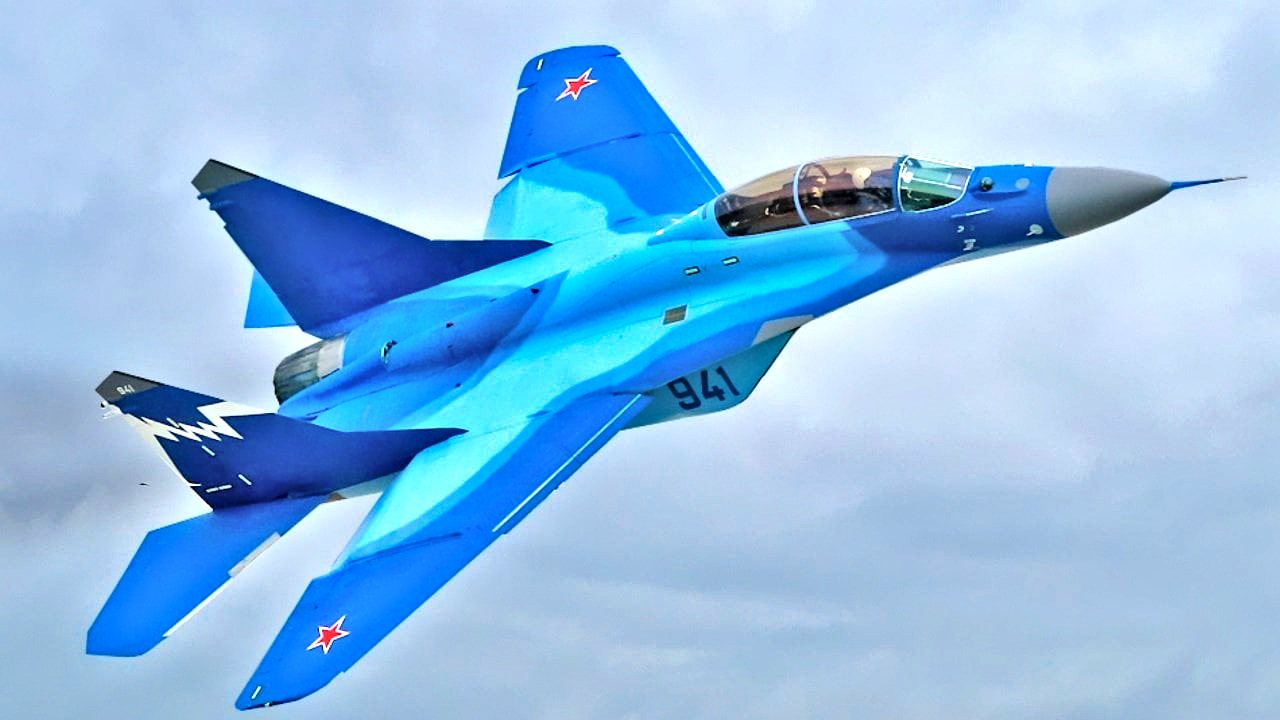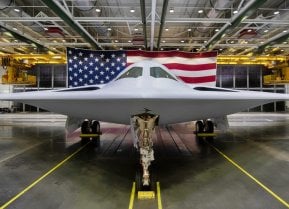Russia's MiG-29 Fighter Was Such a Threat America Bought Them
The MiG-29 fighter was built by Russia to compete with the best NATO jets the West had to offer like the F-15 and F-16.
MiG-29 fighter primer: During the Cold War, the arms race between the U.S. and the Soviet Union rapidly intensified. From submarines and main battle tanks to air defenses and airframes, both countries were striving to out-pace the other.
Around this time, the USSR prioritized the development of a fighter platform that could go head to head with the American-made fourth-generation jets including the McDonnell Douglas F-15 Eagle and General Dynamics F-16 Fighting Falcon. The resulting fighter was the MiG-29 - a fighter jet that NATO had a lot of concerns about.
The history of the MiG-29 Fulcrum
Beginning roughly in the 1960’s, the U.S. and USSR would go tit-for-tat to construct more advanced fighter platforms. When the U.S. Air Force struggled during the Vietnam War to combat the Soviet’s MiG-17s, the service turned to its F-3 Phantom multirole airframe.
In response, the USSR designed its MiG-23. By the end of the decade, the USAF’s F-X program would culminate in the F-15 Eagle. Eager to produce a near-peer or more enhanced platform, the Soviets once again made the development of a new air superiority fighter its top priority.
In the early 1970’s, Soviet engineers began designing two different types of fighters. The Sukhoi Su-27 became the country’s go-to fighter, tasked with the dangerous role of deep air-to-air sweeps of North Atlantic Treaty Organization (NATO) assets.
The MiG-29 was designed as a smaller platform, used to replace the MiG-23 in the frontal aviation role. Overall, the specs and features of the NATO-designated Fulcrum fighter met many of the USSR’s General Staff’s requirements for a modern jet. With a top speed of Mach-2.25 (times the speed of sound), the MiG-29 was extremely fast. The airframe measures at roughly 56 feet long with a wing span of 37 feet long.
In terms of armaments, the Fulcrum can pack a punch. The fighter features seven external weapon hardpoints and can carry a range of weapons, including two R-27 air-to-air medium-range missiles, six R-60 and R-73 air-to-air short range missiles, air bombs and unguided rockets.
The R-27 medium-range missile is available in two configurations, as detailed by Airforce Technology: “the R-27R, which has a semi-active radar homing head and inertial navigation control with a radio link and the R-27T missile, which is fitted with an infrared homing head. The missile can intercept targets with a speed of up to 3,500km/h at altitudes from 0.02-27km, and the maximum vertical separation between the aircraft and the target is 10km.”
In addition to its ordnance-lugging capabilities, the Fulcrum is fitted with other key enhancements. The Soviet-era fighter is equipped with the world’s first Helmet Mounted Sighting system to achieve extensive operational use.

The U.S. procured MiG-29s in the 1990s
Following the dissolution of the USSR, the U.S. discovered that the Islamic Republic of Iran was seeking to purchase Fulcrum fighters. American officials, already eager to get its hands on such a formidable platform, also grew concerned over Tehran’s potential acquisition and use of the airframes.

The U.S. ultimately purchased the MiG-29s as part of the Department of Defense’s Cooperative Threat Reduction Program.
About the Author: Maya Carlin
Maya Carlin, National Security Writer with The National Interest, is an analyst with the Center for Security Policy and a former Anna Sobol Levy Fellow at IDC Herzliya in Israel. She has by-lines in many publications, including The National Interest, Jerusalem Post, and Times of Israel. You can follow her on Twitter: @MayaCarlin.


